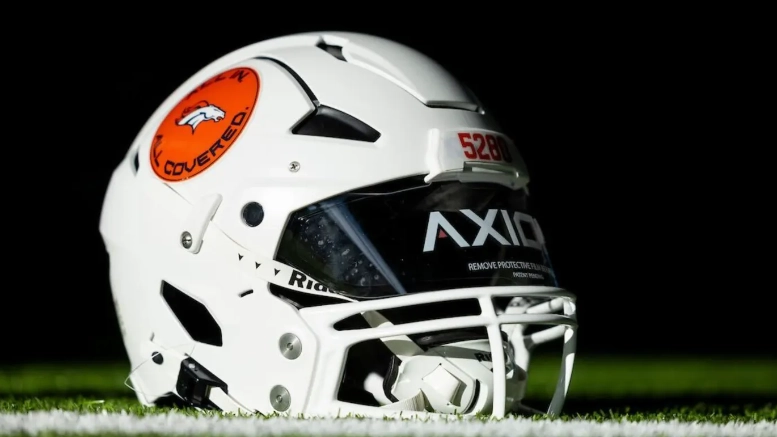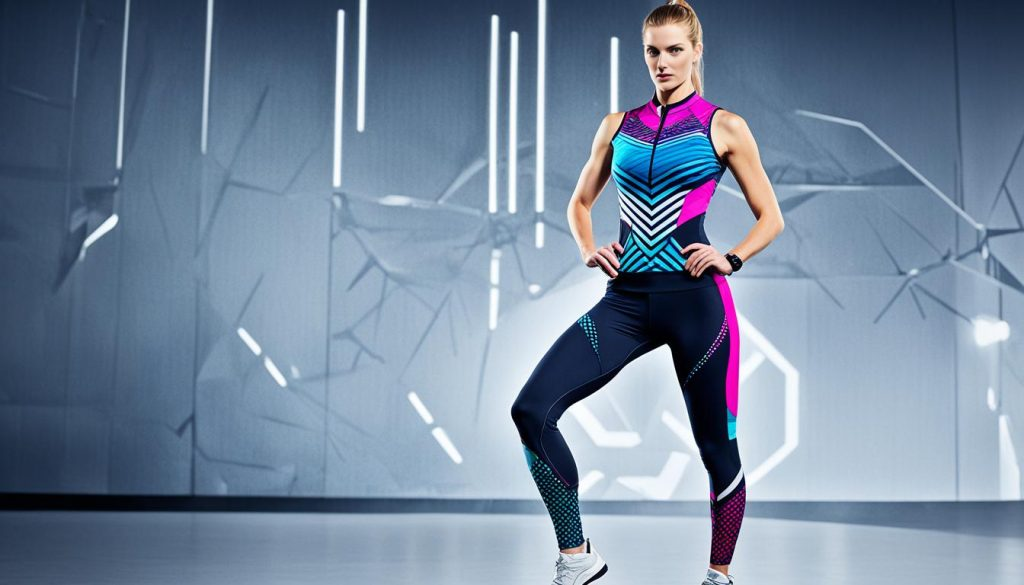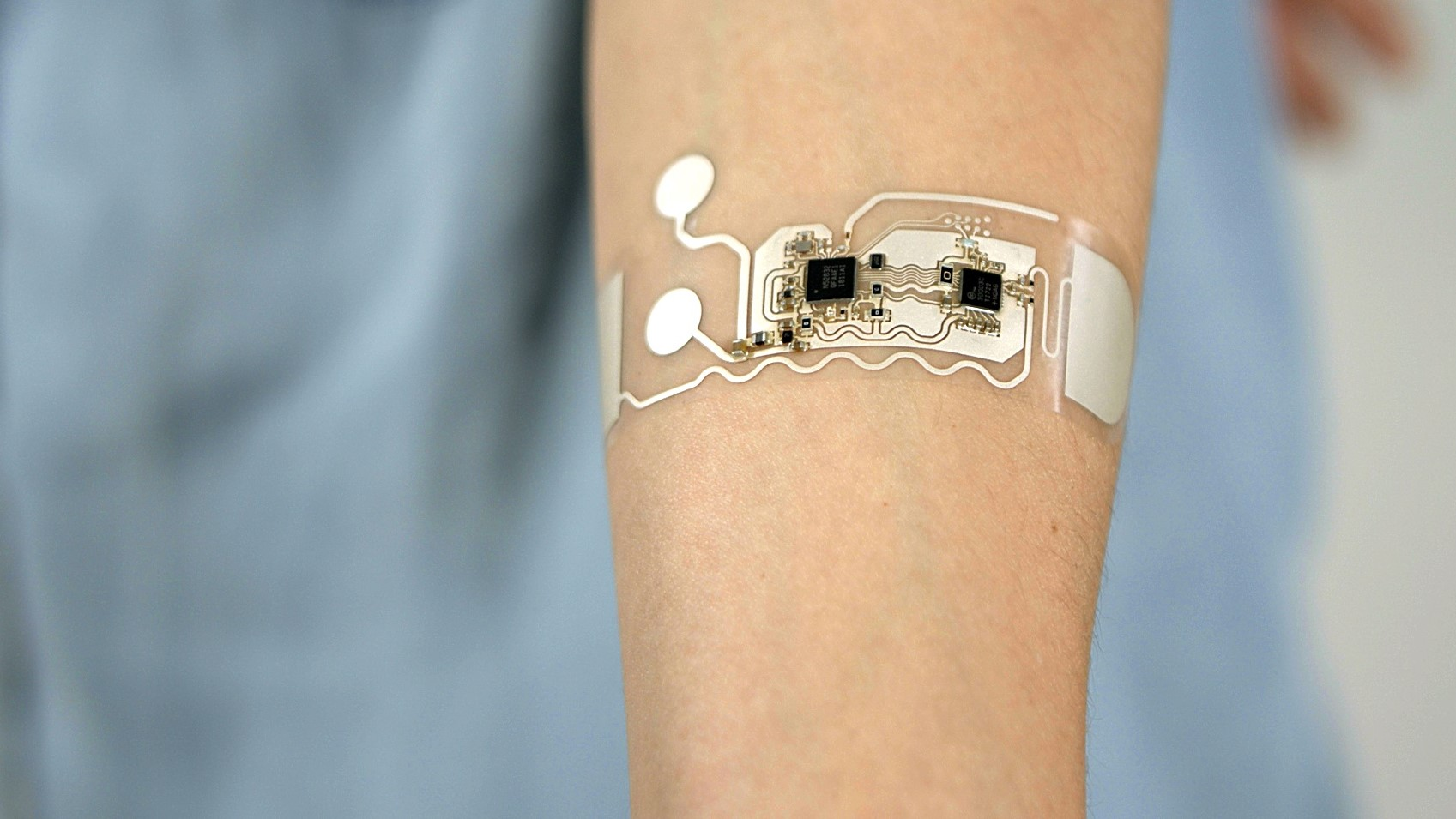In the world of contact sports, especially football, rugby, and cycling, the emergence of smart helmet technology is revolutionizing athlete safety and performance. These next-gen helmets are equipped with sensors that detect impacts, measure head movement, and even relay real-time data to coaches and medical teams. As concussion awareness and player health become priorities across leagues, smart helmets are rapidly shifting from optional tech to essential gear.
What sets smart helmets apart is their ability to monitor and record every collision an athlete experiences. If a hit exceeds a safe threshold, alerts are sent instantly to sideline staff, prompting medical evaluation before symptoms appear. In elite programs, this tech is paired with biometric tracking—offering insights into fatigue, hydration, and even cognitive response times. These data-driven interventions not only protect players but optimize training loads to reduce injury risk over time.
Adopted by top NCAA teams and now entering professional leagues globally, smart helmets are changing how teams manage head injuries. They are also gaining traction at the youth level, where parents and coaches seek added reassurance. As sports science continues to evolve, smart helmet innovation reflects a broader trend: prioritizing long-term player welfare without compromising performance. In the future, every game could be smarter—and safer—thanks to what’s on the players’ heads.






